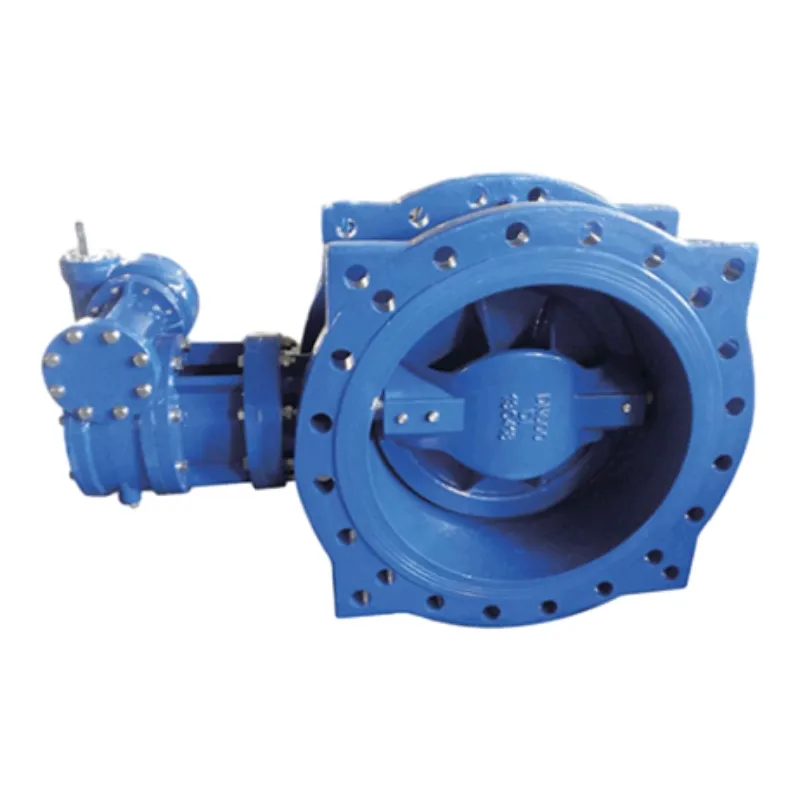Nov . 07, 2024 16:27 Back to list
Understanding the Functionality and Importance of Hydraulic Control Valves in Systems
Understanding Hydraulic Control Valves Essentials and Applications
Hydraulic control valves play a crucial role in the management of hydraulic systems, allowing for precise control of fluid flow and pressure. These valves are essential components in a variety of applications, ranging from industrial machinery to automotive systems. Understanding their functionality, types, and applications can greatly enhance the efficiency and reliability of hydraulic systems.
At a fundamental level, hydraulic control valves regulate the flow and direction of hydraulic fluid within a circuit. They ensure that the right amount of fluid reaches the necessary components, be it cylinders, motors, or other actuators. This regulation not only facilitates movement but also maintains operational safety and efficiency. The importance of these valves cannot be overstated, as even minor malfunctions can lead to significant operational issues.
There are several types of hydraulic control valves, each serving a specific purpose. One of the most commonly used is the Directional Control Valve. This valve directs the flow of hydraulic fluid to various parts of the system, thus controlling the movement of actuators. Directional control valves can be manual, solenoid-operated, or pneumatic, each offering different levels of precision and control.
Another essential type is the Pressure Control Valve, which maintains the desired pressure levels within the hydraulic system. These valves prevent potential damage that could occur due to excessive pressure by diverting or blocking fluid flow as necessary. Pressure control valves include relief valves, reducing valves, and sequence valves, each designed to handle specific pressure-related tasks.
The Flow Control Valve is also vital, as it regulates the speed of the actuators by controlling the flow rate of hydraulic fluid. By adjusting the flow, operators can manage the speed of cylinders and motors, ensuring smooth and efficient operation. Common flow control mechanisms include needle valves and flow restrictors.
hydraulic control valve

Hydraulic control valves can be further categorized based on their actuation method. Manual valves require physical effort from an operator to open or close, making them simple but less suited for automated systems. Electro-hydraulic valves, on the other hand, use electric signals to operate, providing higher accuracy and integration with electronic control systems. Pneumatic valves use compressed air to function and are often found in applications where swift actuation is necessary.
The applications of hydraulic control valves are vast and varied. In the construction industry, they are critical for the operation of heavy machinery, such as excavators and bulldozers. These machines rely on hydraulic systems for powerful and controlled movements, where efficient valve operation is integral. In automotive systems, hydraulic control valves are utilized in braking and steering systems, enhancing vehicle safety and performance.
In manufacturing, these valves are essential in automation processes, where they control robotic arms and other automated machinery. In aerospace, hydraulic systems—assisted by control valves—manage landing gear, flaps, and other critical components of aircraft.
The ongoing advancements in technology also influence the design and efficiency of hydraulic control valves. With the rise of smart technology, integrated sensors and IoT capabilities allow for real-time monitoring and remote control. This evolution not only enhances operational efficiency but also improves predictive maintenance, reducing downtime and operational costs.
In conclusion, hydraulic control valves are pivotal for the effective management of hydraulic systems across various industries. Their ability to control flow, pressure, and direction ensures that hydraulic machinery operates smoothly and safely. As technology continues to advance, the role of these valves will evolve, further enhancing the capabilities of hydraulic systems and driving innovation across sectors. Understanding their types, functions, and applications is essential for anyone involved in the design, operation, or maintenance of hydraulic systems.
Share